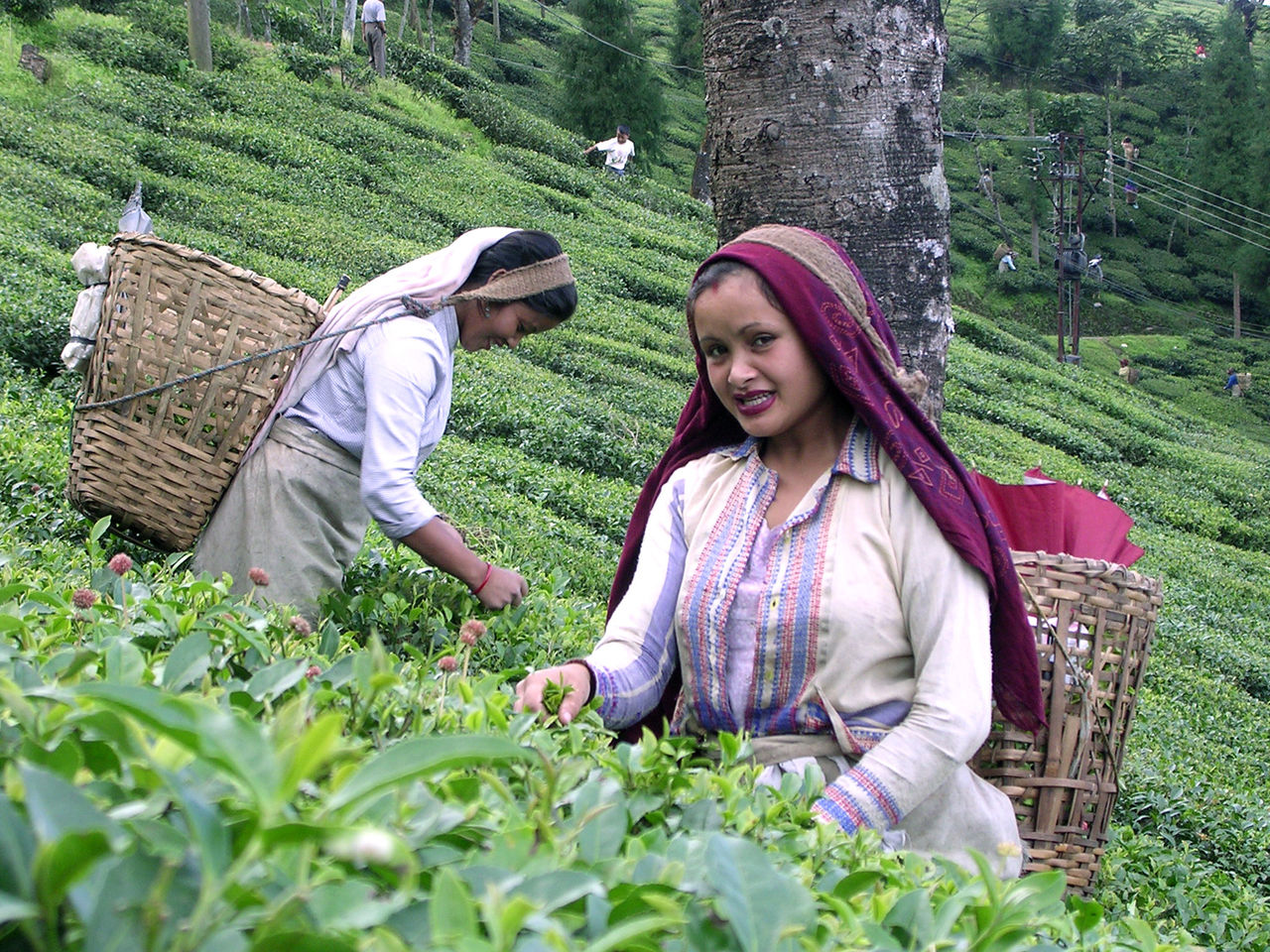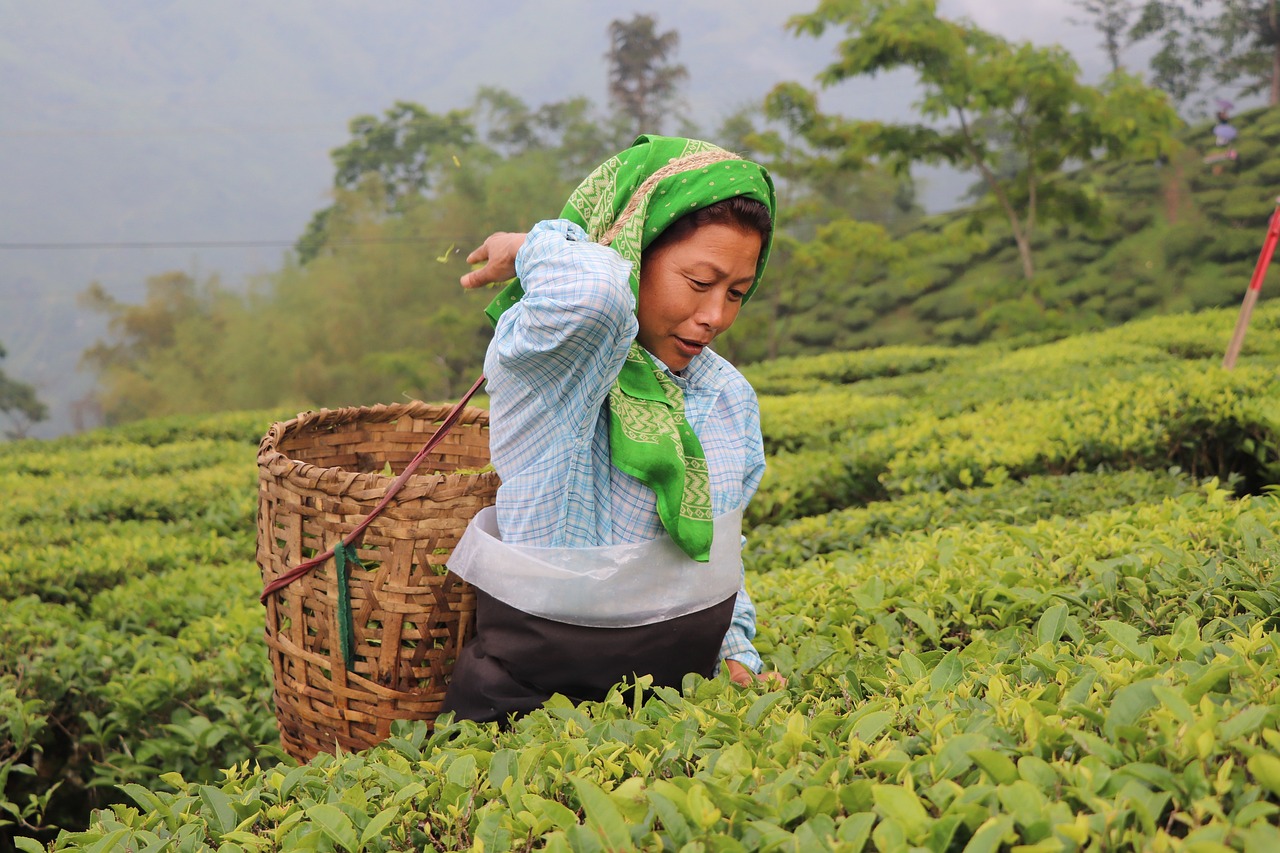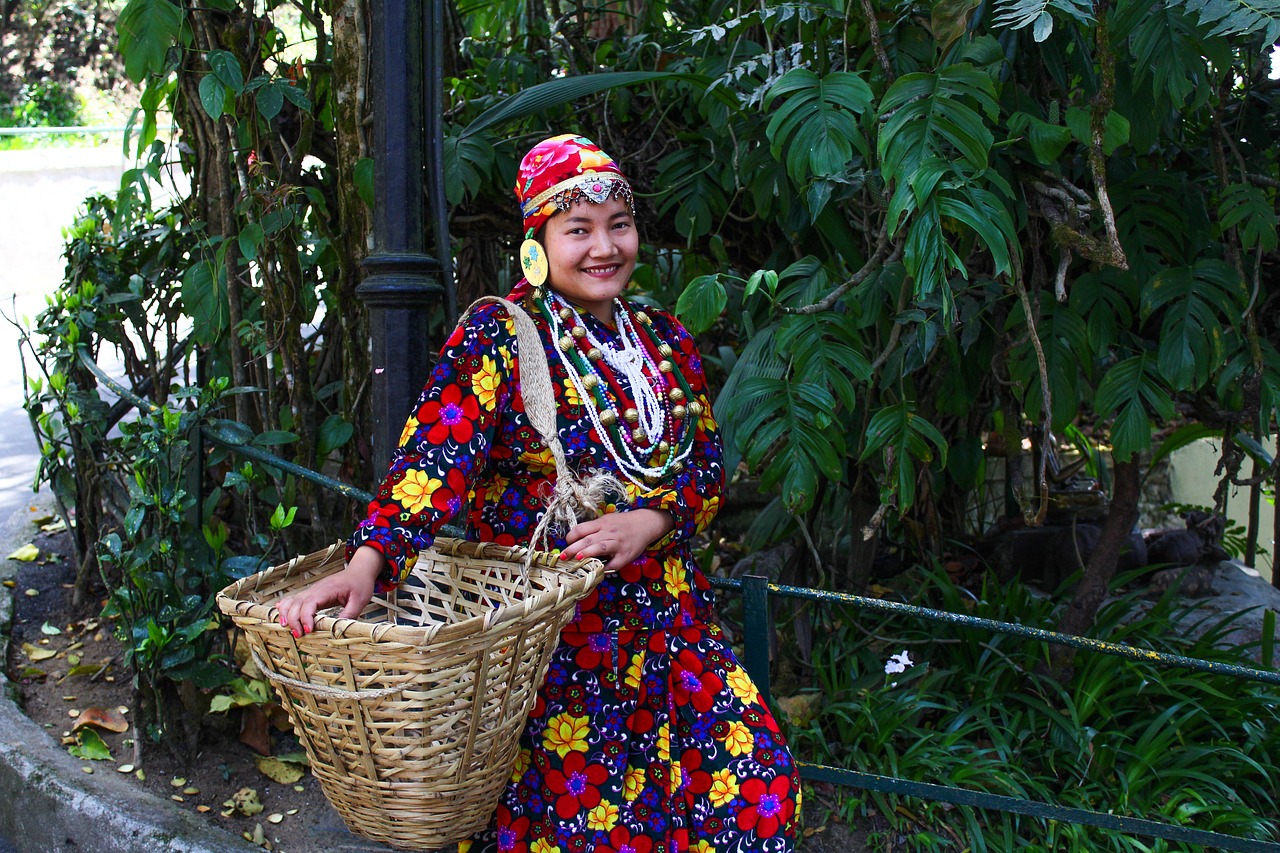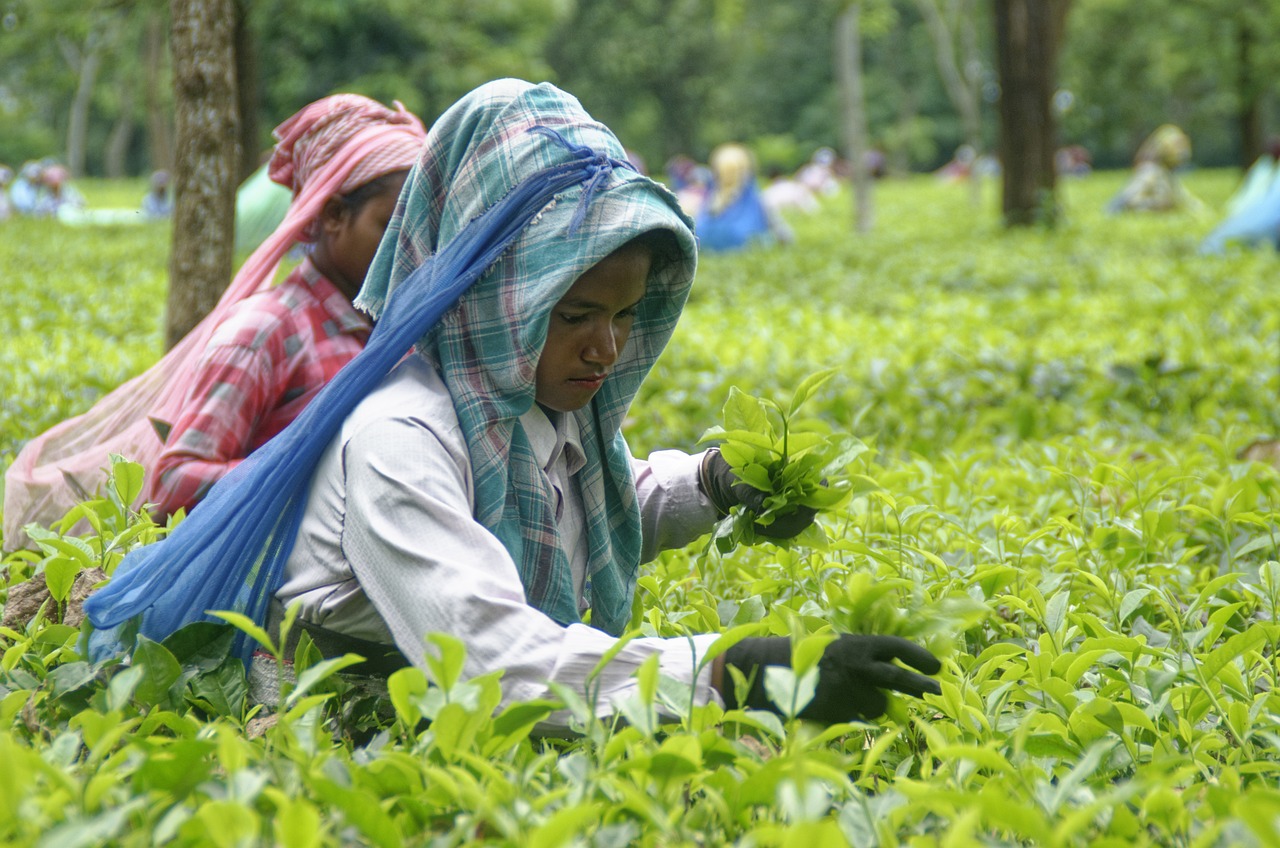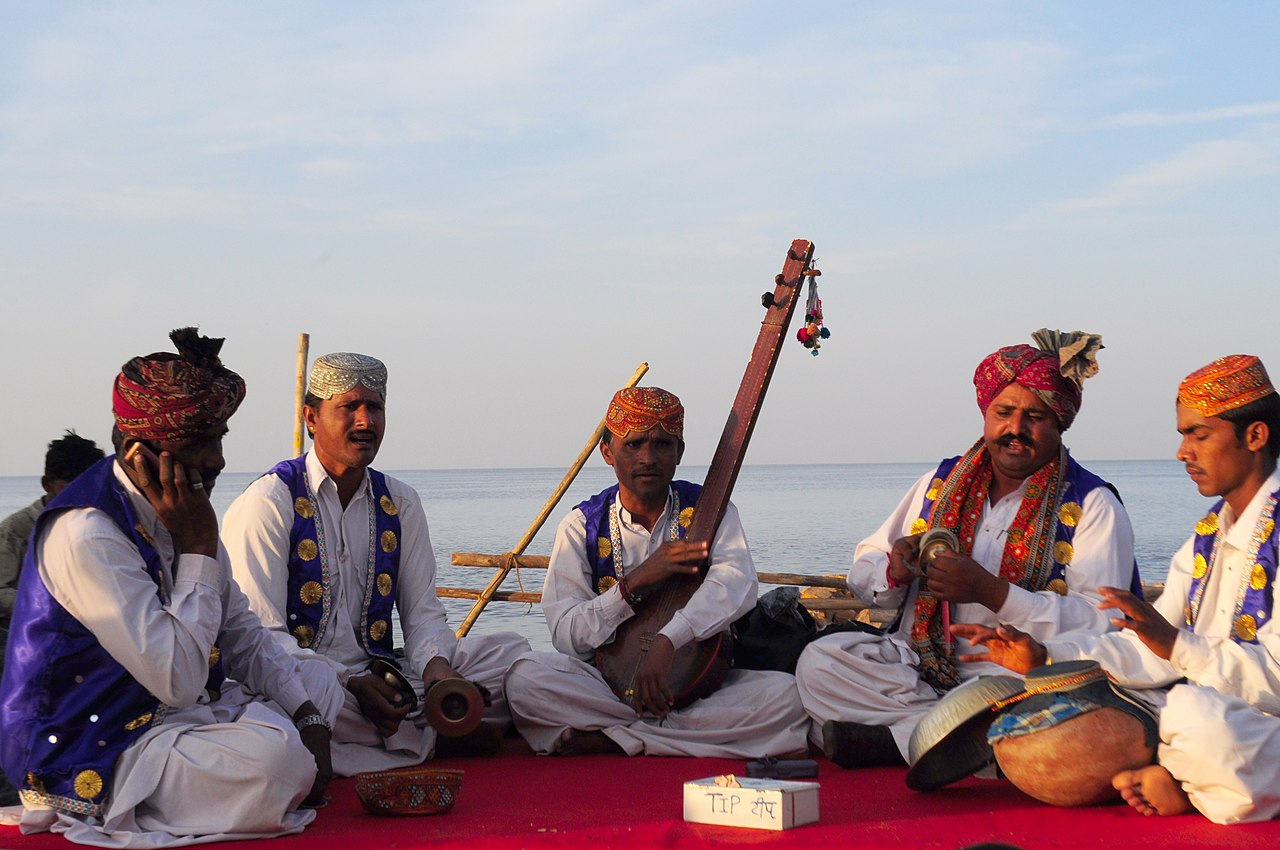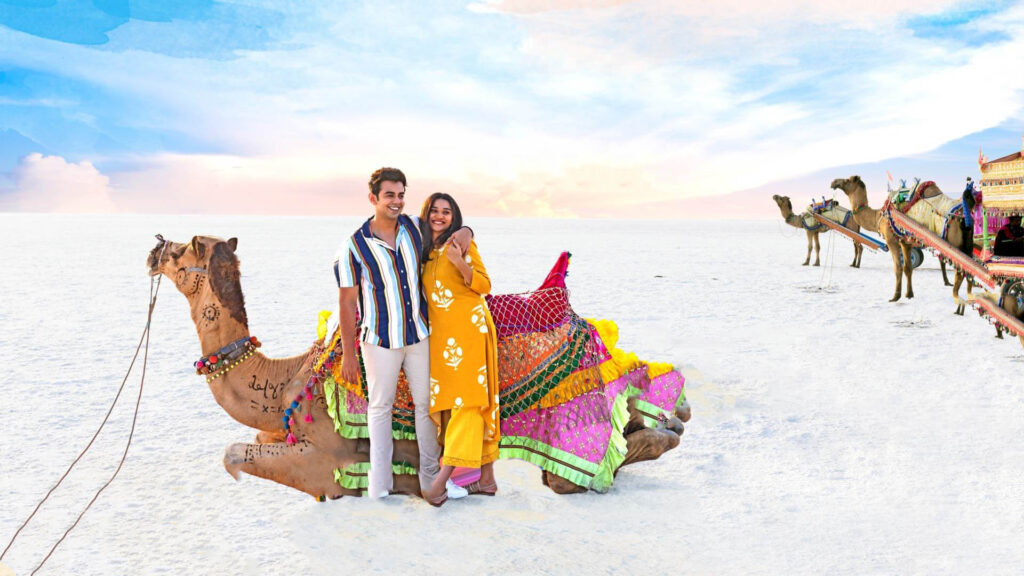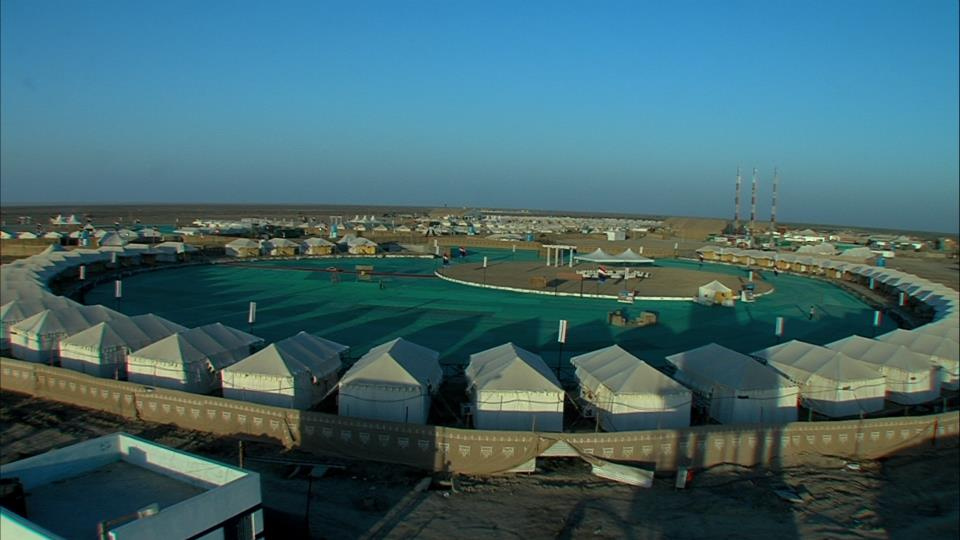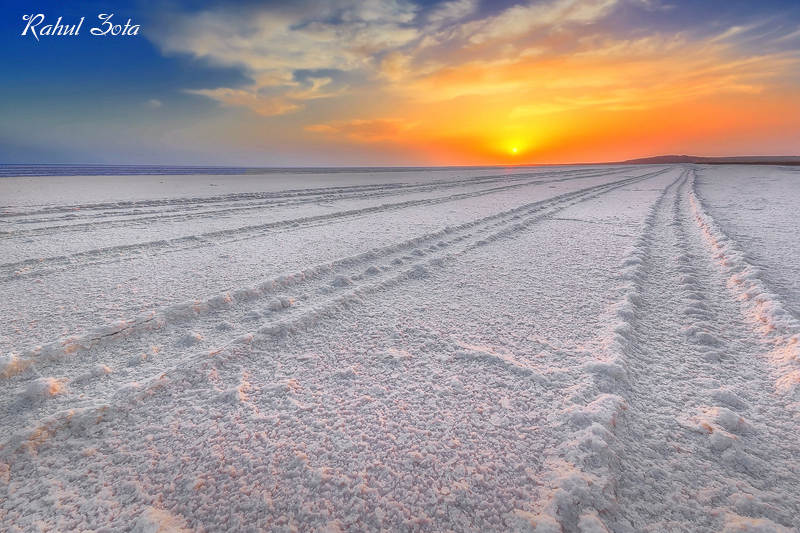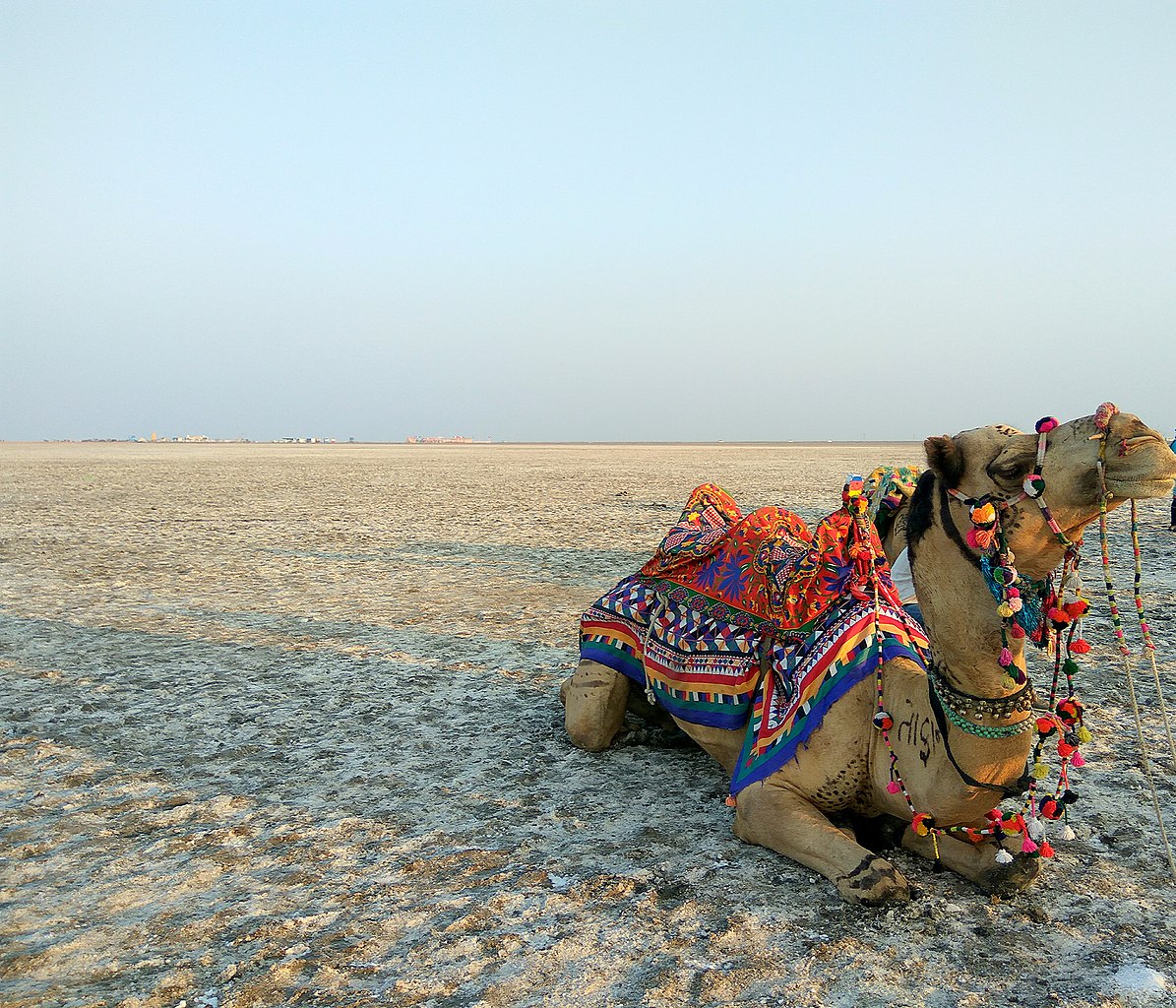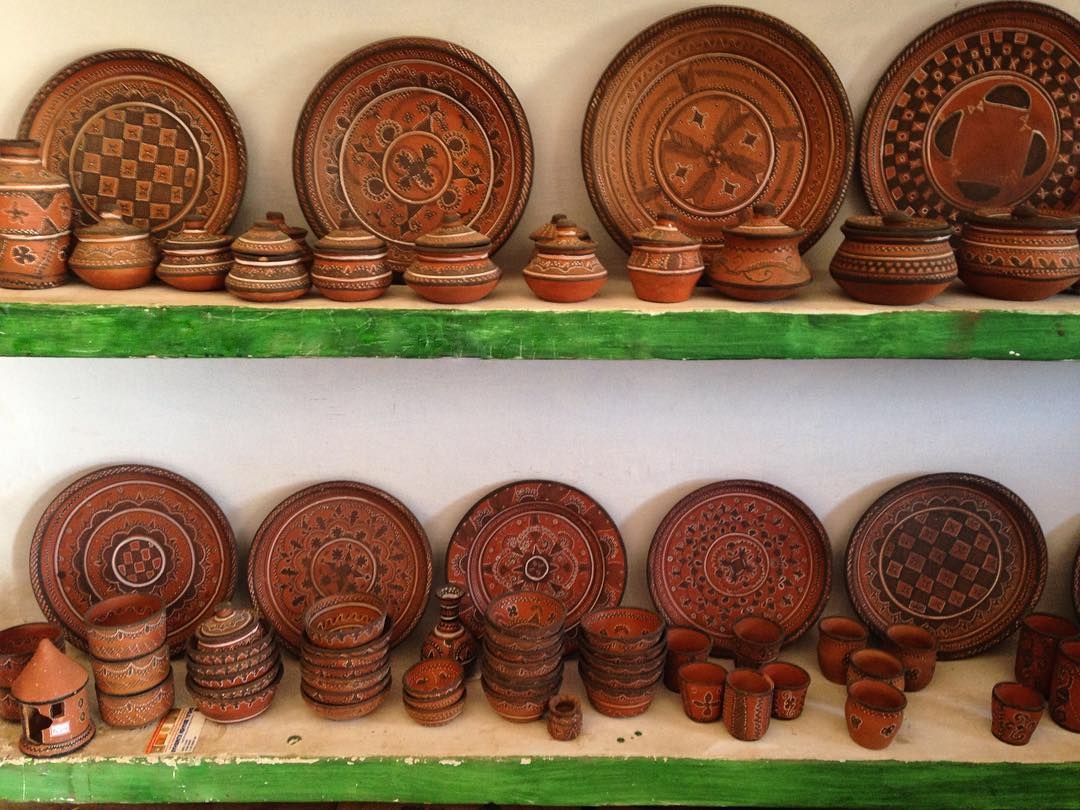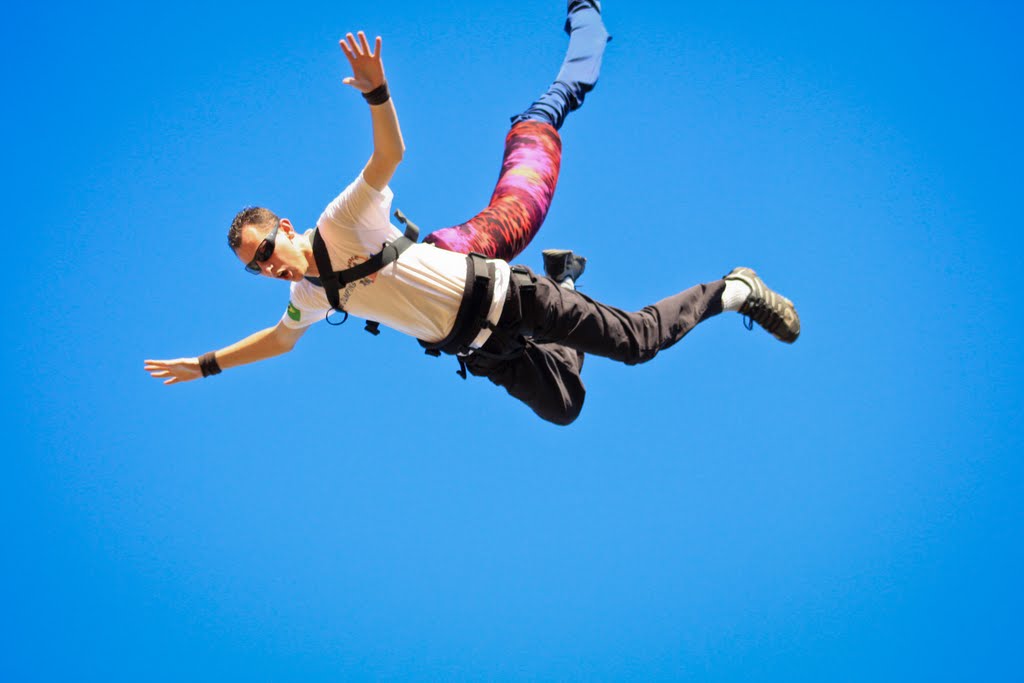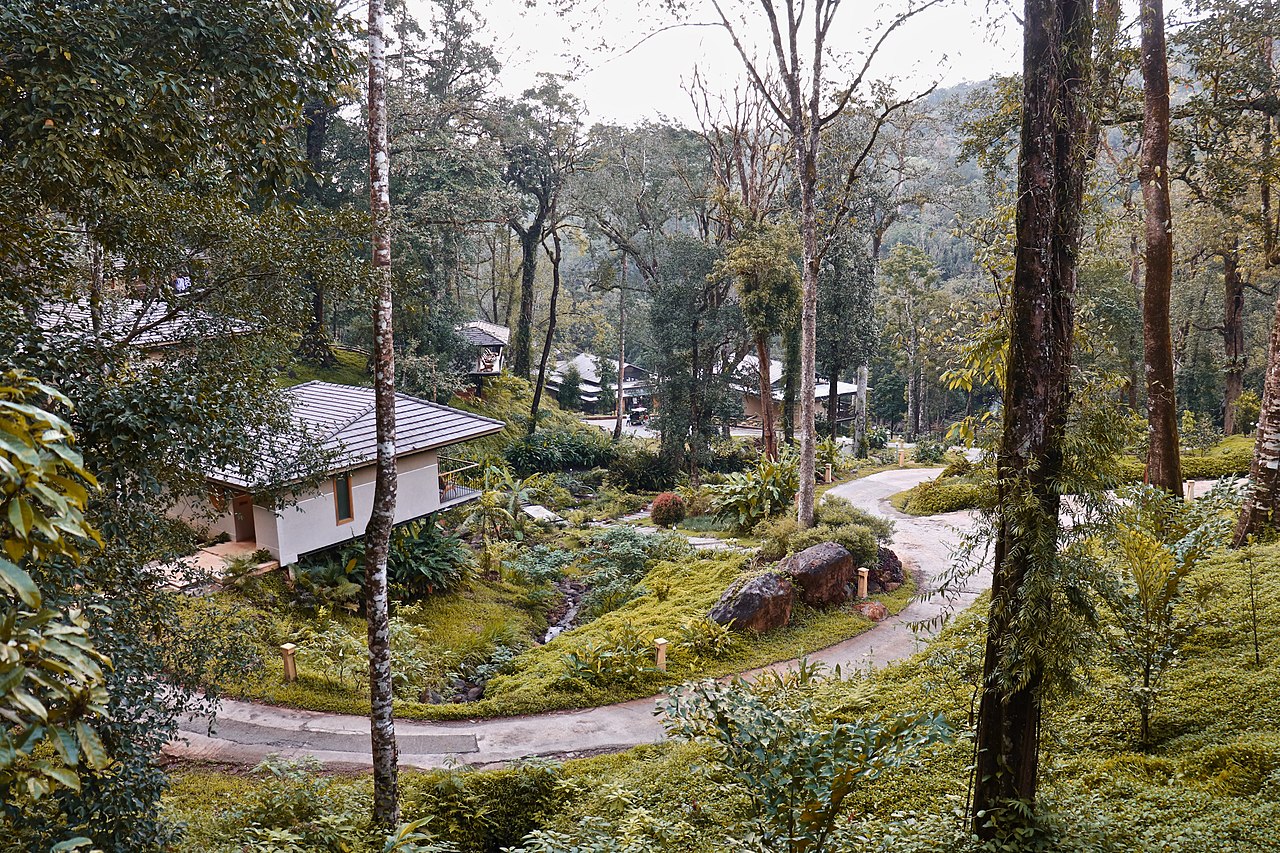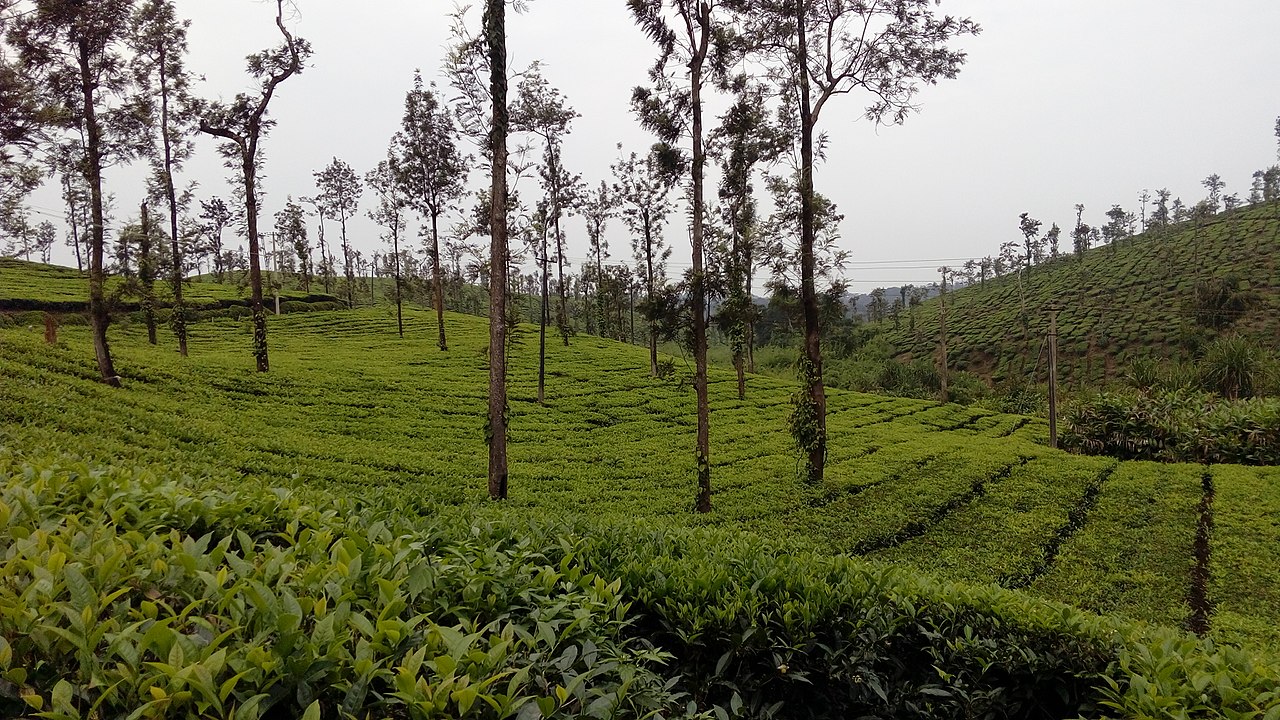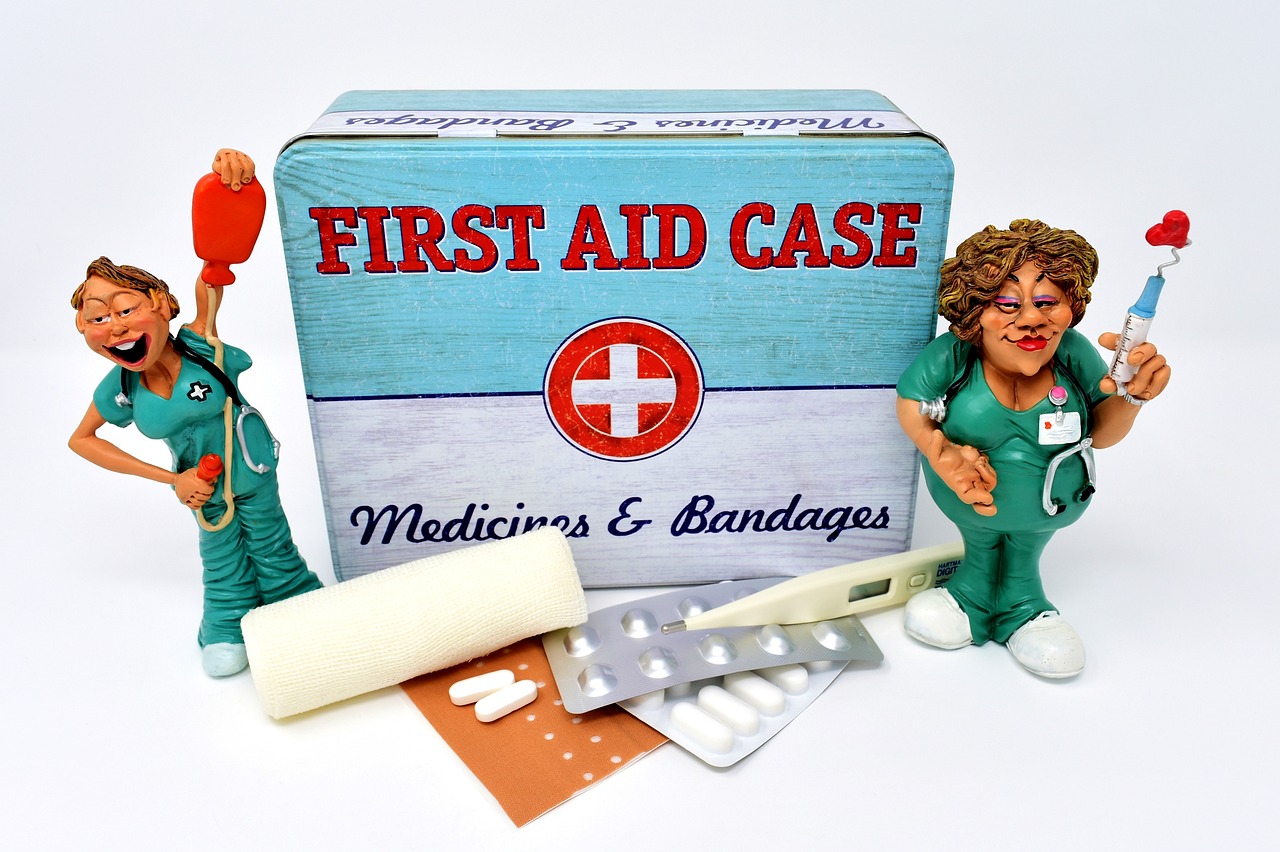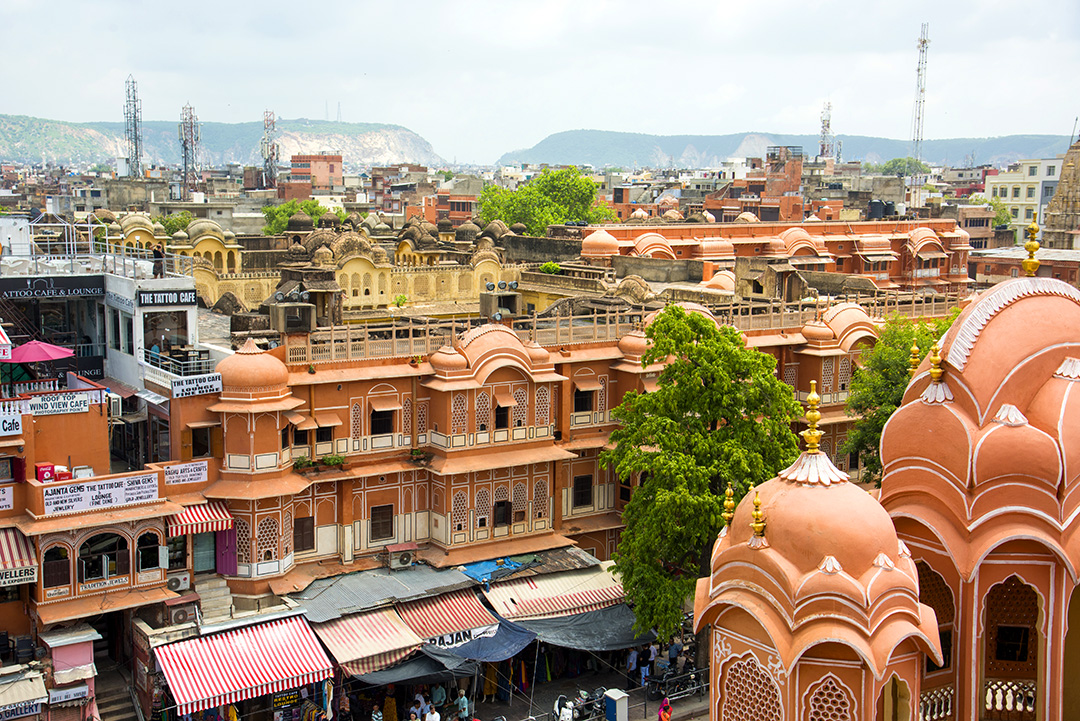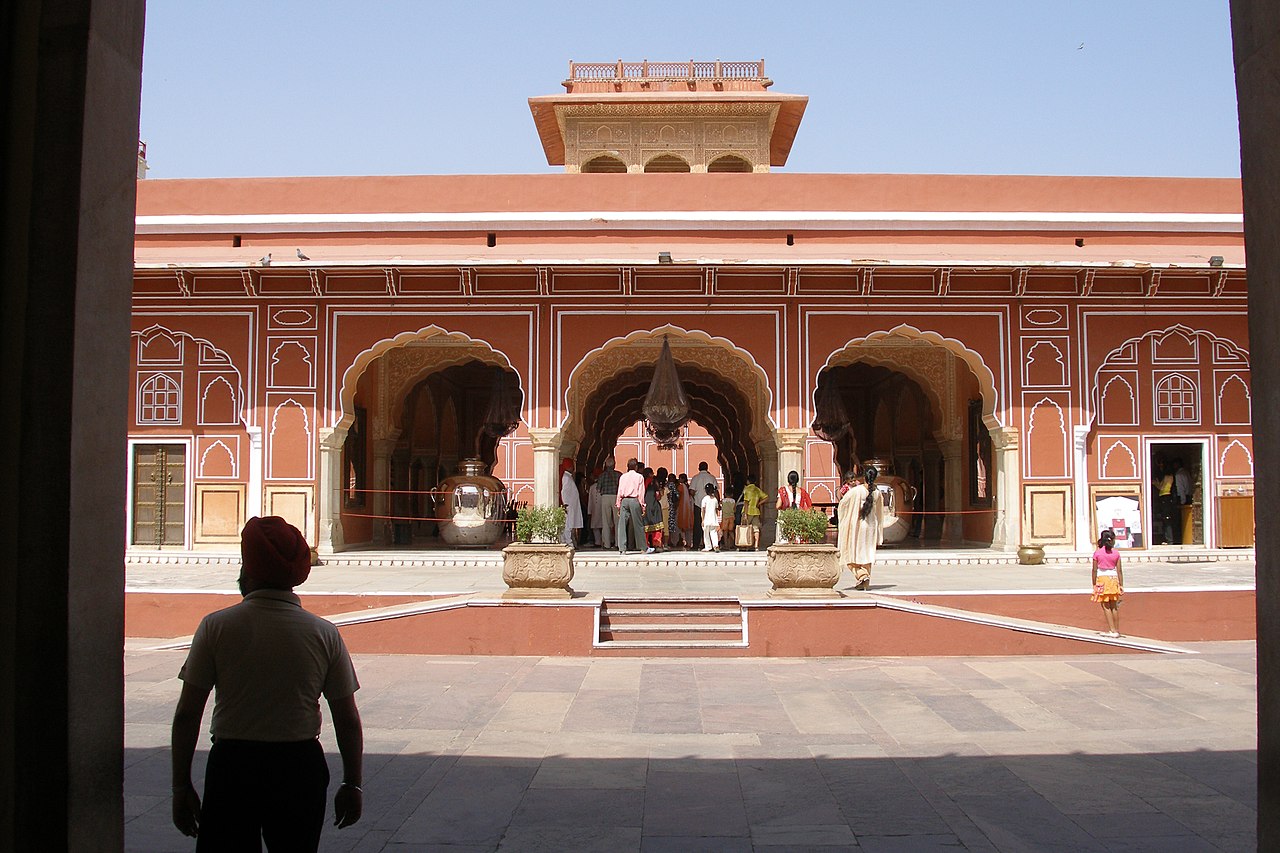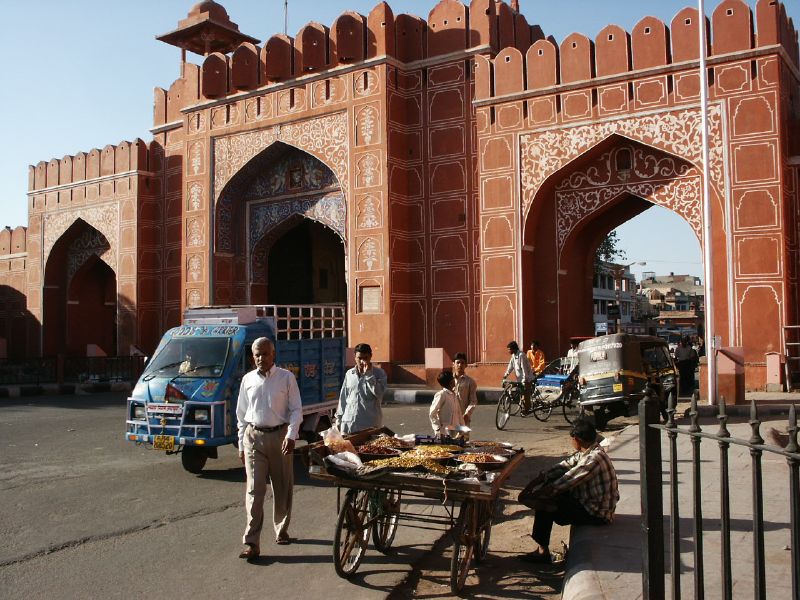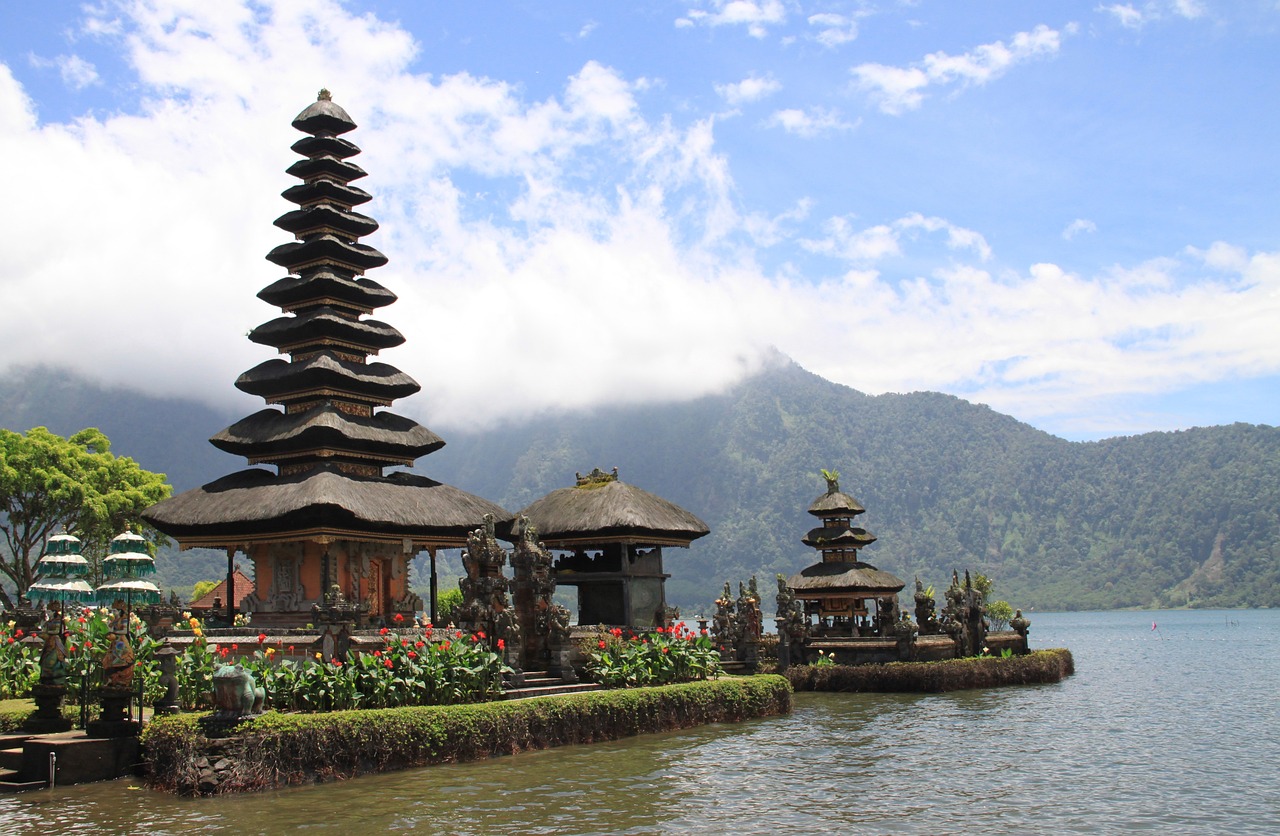Celebrating Janmashtami in India: Five Must-Visit Places to Immerse Yourself in the Festivities.
India is a land of diverse cultures and traditions, and Janmashtami is one such festival that is celebrated with great fervor and enthusiasm across the country. Janmashtami is the birthday of Lord Krishna, and it falls on the eighth day of the Hindu calendar month of Bhadrapada, which usually falls in August or September. If you’re planning to visit India during Janmashtami, here are five places that you must visit to witness the celebrations and immerse yourself in the culture and traditions of the festival.


Mathura and Vrindavan
Mathura and Vrindavan, located in the state of Uttar Pradesh, are the birthplace and childhood home of Lord Krishna, respectively. The cities are filled with temples, ashrams, and other religious sites that are visited by thousands of devotees during Janmashtami. The celebrations in Mathura and Vrindavan are grand and include night-long vigils, processions, and other cultural events. You can also indulge in local delicacies like peda, lassi, and kachori while exploring the cities.

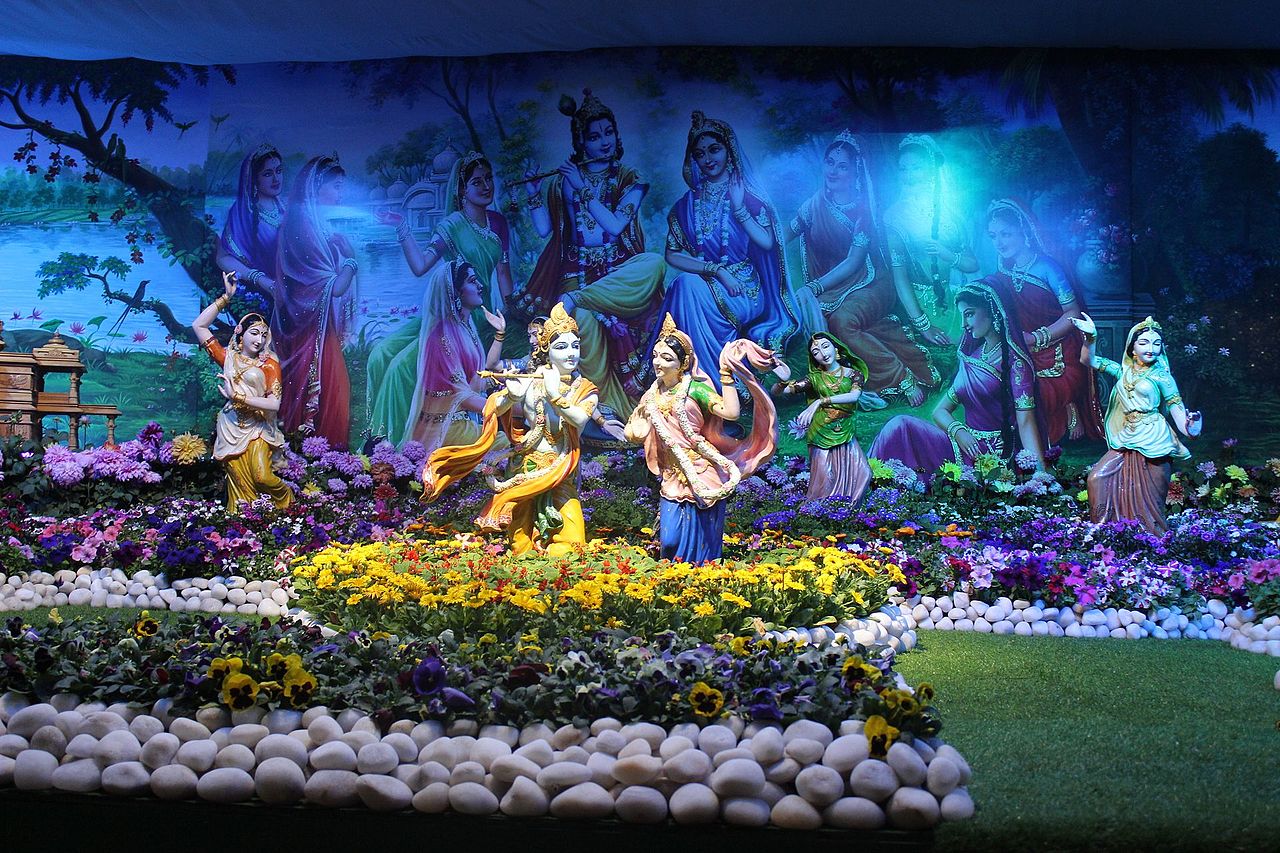

Dwarka
Dwarka, located in the western state of Gujarat, is one of the four holy cities in Hinduism and is believed to be the kingdom of Lord Krishna. Janmashtami celebrations in Dwarka are spectacular and include the famous Dahi Handi event, where teams compete to break a pot filled with curd that is hung at a height. The city is also home to the Dwarkadhish Temple, which is one of the most important temples dedicated to Lord Krishna.

Mumbai
Mumbai, the commercial capital of India, is known for its vibrant and diverse culture. During Janmashtami, the city comes alive with celebrations, and the famous Dahi Handi event is held in several locations across the city. You can also visit the ISKCON temple in Juhu, which is one of the most popular temples dedicated to Lord Krishna in the city.

Puri
Puri, located in the eastern state of Odisha, is home to the famous Jagannath Temple, which is dedicated to Lord Krishna’s avatar, Jagannath. Janmashtami celebrations in Puri include a grand procession called the Pahandi, where the deities are taken out in a procession to the Gundicha Temple, located about 3 km away. The city is also famous for its delicious street food, including the popular dish, chaat.

Udupi
Udupi, located in the southern state of Karnataka, is home to the Udupi Sri Krishna Temple, which is one of the most famous temples dedicated to Lord Krishna in South India. Janmashtami celebrations in Udupi include a grand procession called the Jhoola Utsav, where the deities are placed on a swing decorated with flowers and lights. The city is also famous for its mouth-watering cuisine, including the popular dish, dosa.
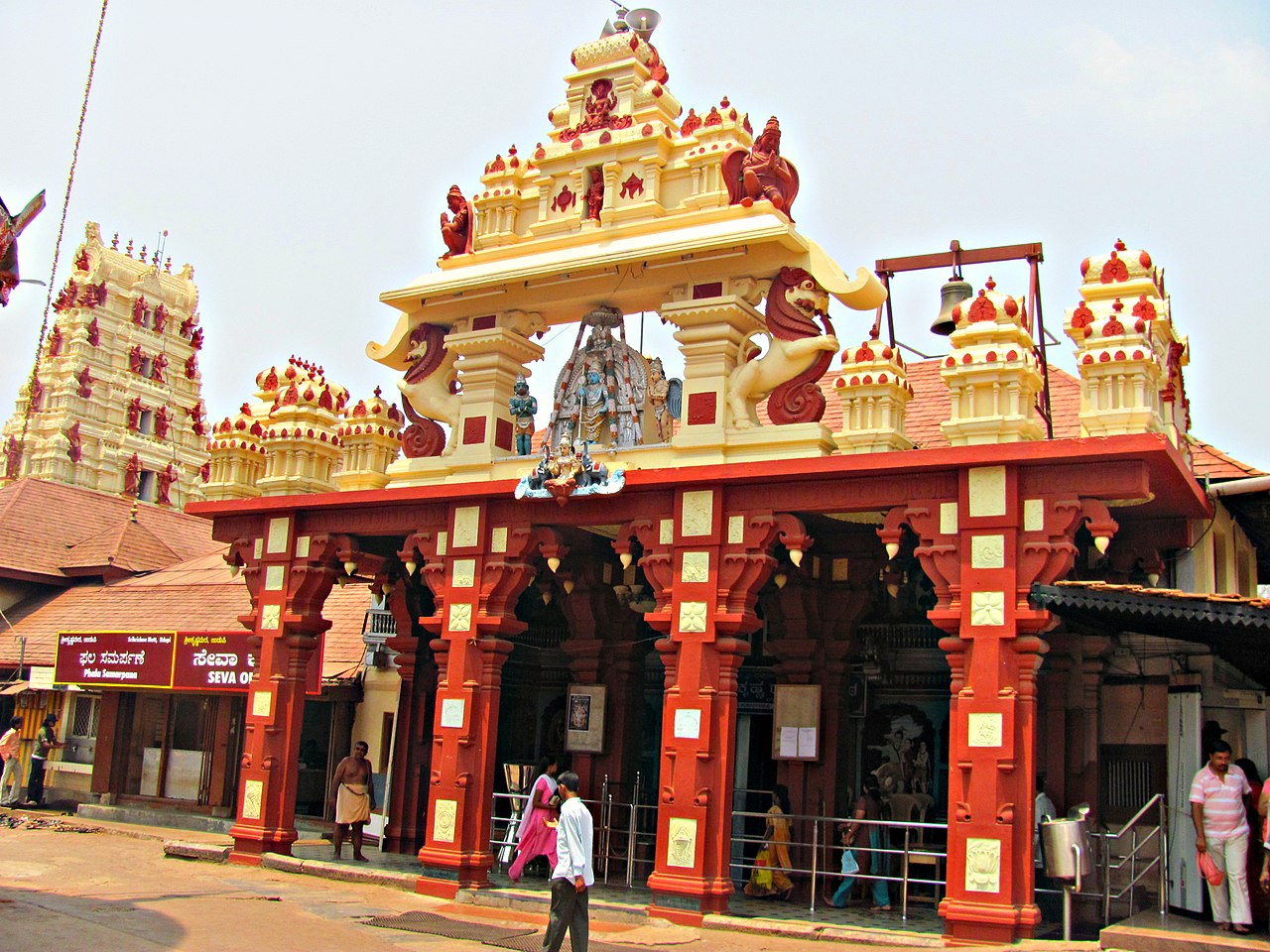
Accommodations and travel tips
Most of the cities mentioned above offer a range of accommodations, from budget-friendly guesthouses to luxury hotels. However, it is advisable to book in advance as the demand is high during Janmashtami. Make sure to carry comfortable clothing and footwear as the celebrations involve a lot of walking and standing. It is also advisable to carry cash as most places do not accept card payments during the festival.
In conclusion, India is a land of diverse cultures and traditions, and Janmashtami is one such festival that showcases the rich cultural heritage of the country. Visiting these five places during Janmashtami is a perfect way to immerse yourself in the culture and traditions of the festival and create memories of a lifetime.


Frequently Asked Questions (FAQs)
A: Janmashtami falls on the eighth day of the Hindu calendar month of Bhadrapada, which usually falls in August or September. The exact date varies each year based on the lunar calendar.
A: Janmashtami is the birthday celebration of Lord Krishna, a prominent deity in Hinduism. It is a significant festival in India and is celebrated with great enthusiasm and devotion.
A: Some of the best places to celebrate Janmashtami in India include Mathura and Vrindavan in Uttar Pradesh, Dwarka in Gujarat, Mumbai in Maharashtra, Puri in Odisha, and Udupi in Karnataka.
A: During Janmashtami celebrations, you can expect grand processions, night-long vigils, cultural events, devotional singing and dancing, Dahi Handi events, and beautiful decorations in temples and streets. Each place has its own unique traditions and customs associated with the festival.
A: Some specific attractions and events during Janmashtami include the Dahi Handi event in Mumbai, the Pahandi procession in Puri, the Jhoola Utsav in Udupi, and the various temple rituals and ceremonies in Mathura, Vrindavan, and Dwarka.
FAQs
A: Yes, there are special foods and sweets associated with Janmashtami. Some popular ones include peda, lassi, kachori, chaat, and various traditional dishes prepared as offerings to Lord Krishna.
A: It is advisable to book accommodations in advance as there is high demand during Janmashtami. The cities mentioned above offer a range of accommodations, from budget-friendly guesthouses to luxury hotels.
A: Some travel tips include carrying comfortable clothing and footwear, as the celebrations involve a lot of walking and standing. It is also advisable to carry cash, as many places may not accept card payments during the festival.
A: To make the most of your Janmashtami experience, immerse yourself in the festivities, participate in temple rituals, interact with locals, try the local cuisine, and learn about the rich cultural heritage associated with Lord Krishna and the festival of Janmashtami.
